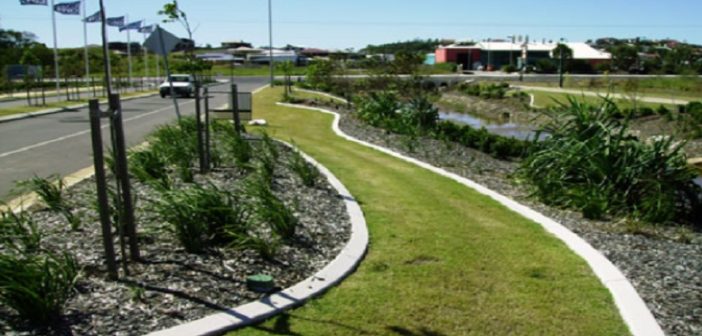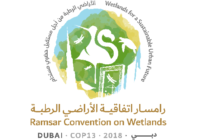By Rutaban Yameen
In a world threatened with increasing climate-related disasters, multiple sectors are tuning to nature-based solutions (NBS) to manage and mitigate their risks.
Implementing NBS reportedly integrates climate action, disaster risk reduction and biodiversity conservation.
NBS can include the restoration of natural flood plains, the protection and expansion of wetlands, the creation and restoration of oyster and coral reefs, and investment into urban green spaces to reduce run-off. Such solutions are designed and implemented through collaboration among local communities, civil societies across sectors and different tiers of government. NBS then involve multilevel governance across sectors and disciplines to protect, sustainably manage and restore naturally occurring or modified ecosystems.
“Heavy rain and severe flooding brought the city of Colombo, Sri Lanka, to its knees,” the World Bank’s Sustainable Cities blog reported. “In China’s Yangtze River Basin, rivers spilled their banks, inundating towns and villages. In Mobile Bay, Alabama, strong ocean waves carried away valuable coastline.”
Such disasters have brought conventional hard engineering solutions to the end of their tethers. NBS now breathes new life into disaster risk management.
Rather than trying to control natural hazards with more drains, seawalls and dams, governments are increasingly turning to nature conservation for protection from natural hazards.
NBS could now reduce local disaster risks, nourish ecosystems and economies, and maximise human wellbeing and biodiversity. For example, a designated urban wetlands area could be restored and conserved to avert major flooding in flood-prone areas, and treat waste, complementing the existing sewage management infrastructure.
Across disaster risk management and water security sectors, NBS or “green infrastructure strategies” are engineered to work in harmony with conventionally built infrastructure systems or “gray infrastructure”. Green infrastructure strategies could now be part of broader disaster and climate risk management strategies that complement gray infrastructure measures like treatment facilities, sewer systems and stormwater systems.
NBS approaches are reportedly successful and cost-effective. The City of Portland in the US reduced urban flooding by 94 percent through urban green infrastructure. In Vietnam, a mangrove restoration project integrated with dike systems to reduce coastal flooding, saved some US$215 million. China’s “Sponge Cities” program, which launched in 30 pilot cities, integrates vast swathes of green space into urban design to reduce flooding.
Nature-based approaches are only just being integrated into policy and investment. Developing nations and their financiers including multilateral development banks and bilateral agencies, are increasingly using NBS in water security, urban sustainability and other development projects.
Some leading agencies involved in conservation, environmental sciences and engineering, such as the World Wildlife Fund (WWF), US Army Corps of Engineers, and International Union for Conservation of Nature (IUCN) have taken initiatives to produce technical guidelines on the planning, design and implementation of NBS.
The World Bank and the Global Facility for Disaster Reduction and Recovery (GFDRR) generated a program that aims to facilitate NBS, including in water management projects. Over the past seven years, the World Bank’s disaster risk management (DRM) portfolio totalled some US$50 billion. NBS components of DRM projects today total US$2 billion.
“As more disaster risk managers understand and integrate well-designed nature-based solutions into disaster risk management projects,” the Sustainable Cities blog reports, “we can route more finance to nature-based projects that are cost-effective and resilient.”



